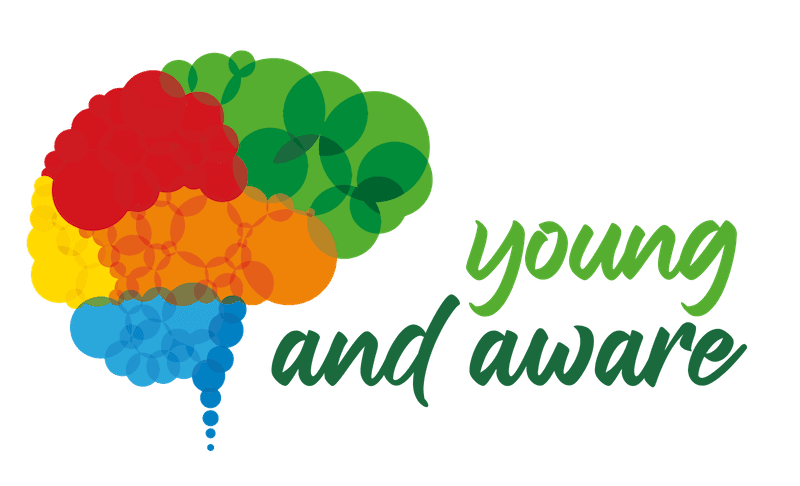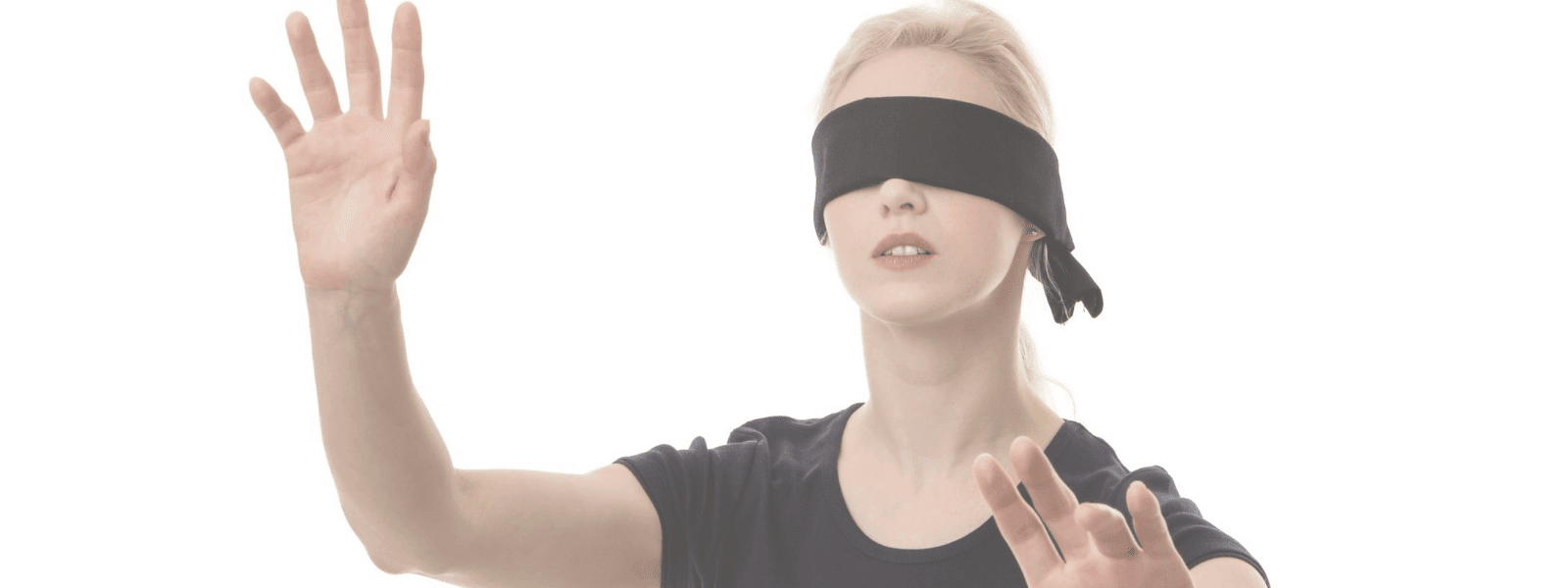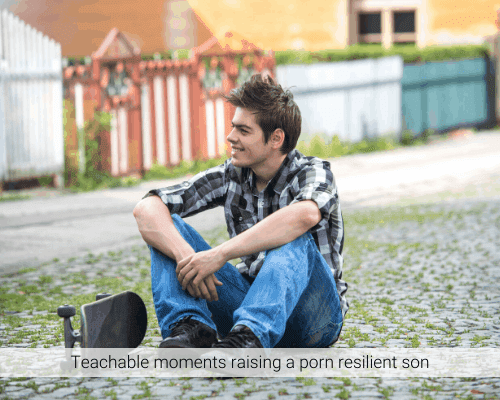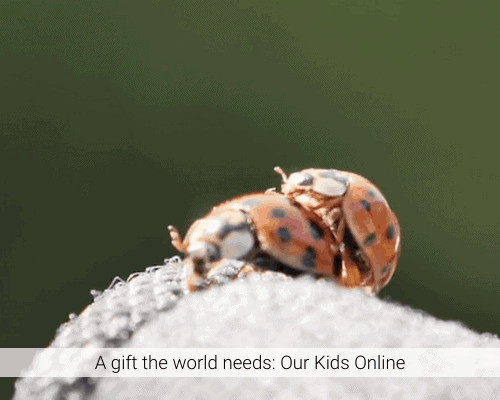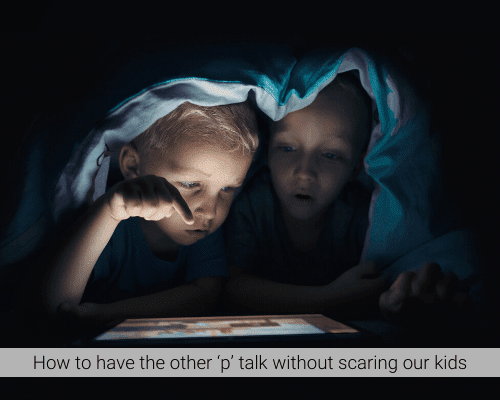Online safety raises many responses from parents, but the most frequent is “not my kid”.
The sad reality is that no child is immune to how the online world exposes them to dangers. It would be wonderful to think otherwise, but it is simply not the case.
Regardless of how we implement online protection, all children have vulnerabilities, given their age and capacity to self-regulate. That said, some are significantly more at risk than others.
There is a broad consensus that digital literacy is essential for children growing up in this technological world. However, the question is, how are we teaching them? Too often, classroom content is curated to avoid upsetting parents who are unaware of the onslaught of online sexualised content. As a result, many children receive minimal information on body safety and sex education. Ideally, a school-parent partnership is the best approach; however, this is not the norm. So, the more parents are educated to do all they can to minimise children’s risk of harm online, the better.
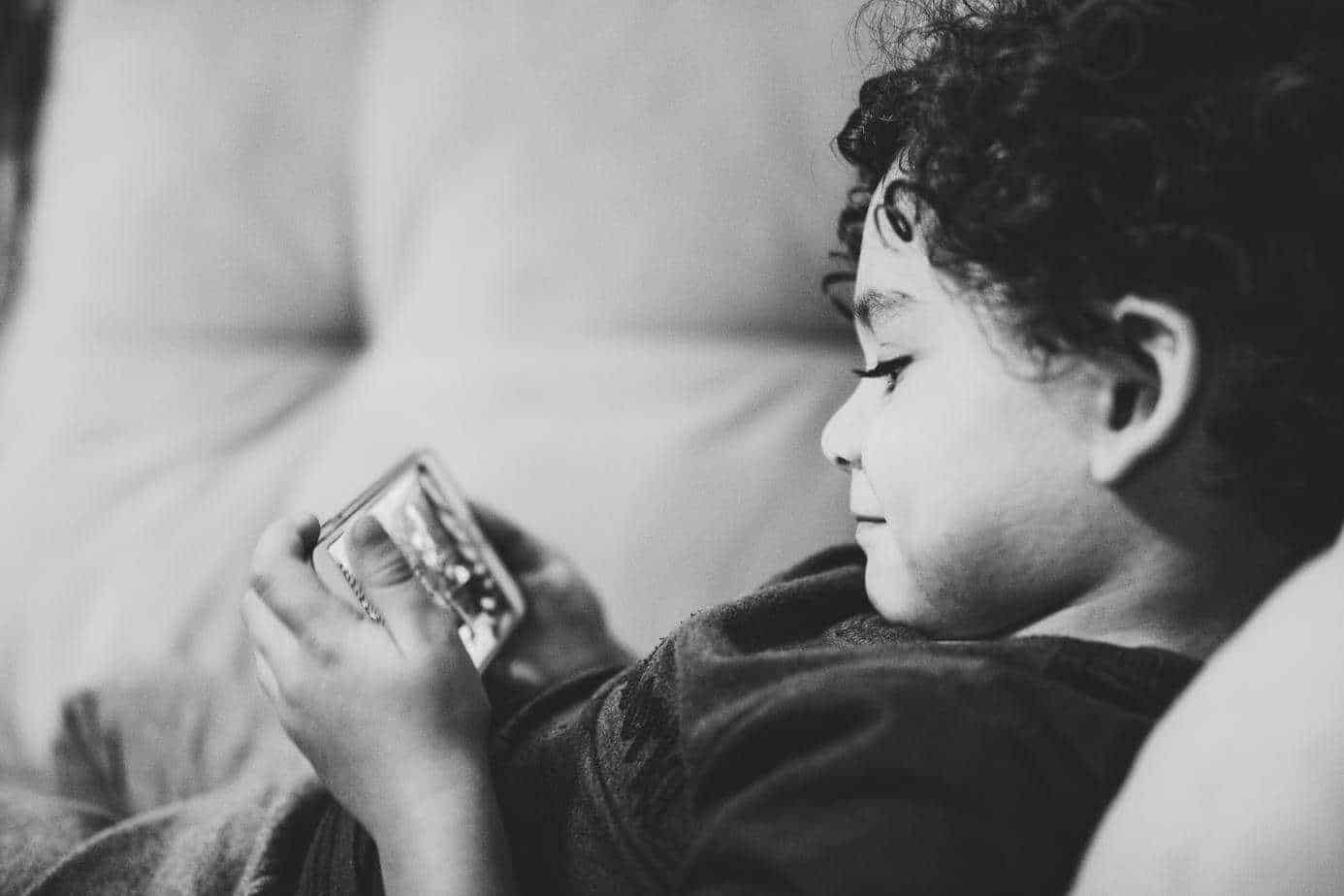
We must start with the acute awareness that the internet is not an age-segregated space. Critically, as parents, how are we preparing them for the deluge of material available to them online?
Parents’ primary concerns about online safety for children
Using the term ‘inappropriate’ is a typical way to avoid tough conversations. This term is so broad that it allows people to focus on one or two areas they deem ‘inappropriate’ and disconnect from topics they find too confronting. To clarify, it includes profanity, nudity, drug use, alcohol abuse, pornography, self-harm, talk of suicide, real-life violence, and radical beliefs.
Two areas that fall under ‘too confronting’ are pornography and child exploitation material. This blog focuses on the latter.
The rise in Child Exploitation Material
The eSafety Commissioner, the Australian Federal Police and the Australian Centre to Counter Child Exploitation (ACCCE) have issued multiple warnings. Their concerns focus on the steady increase in the supply and demand for child exploitation material. Increasingly, more and more CEM is self-generated.
ACCCE reports that “every 5 minutes, a webpage shows an image of a child being sexually abused“. They indicate that during the COVID-19 epidemic, the supply and demand for child exploitation material increased considerably. ACCCE reports a 122% increase in child exploitation material from April to June compared to the prior year. Canadian Cybertip and the United States National Centre for Missing and Exploited Children report a similar global spike.
Given enforced ‘lockdowns’— meaning children were in the ‘safety’ of their homes—one could question how this spike was possible? Some light is shed on this when reviewing the research report published by ACCCE in February 2020.
The findings indicate:
- 87% of children between the ages of 4 and 7 years use the internet. 40% have their own device, and 16% are left online unsupervised.
- The number of children unsupervised increases significantly in the 8-11-year age bracket. 40% of the 98% of children using the internet do so without supervision.
- Some “children use the internet from as young as 1 or 2 years of age.” Some parents/carers are proud of or “brag about” the technological abilities of their young child(ren) to other parents/carers.
- 70% of parents “allow their child(ren) to use the internet ‘anywhere’ in the house, albeit with varying levels of supervision. 22% allow their child(ren) to use the internet anywhere in the house with no oversight whatsoever.”
“Not my kid” is a typical misconception …

Despite these alarming statistics, the prevalence of “not my kid” is typical. Concerningly, 65% of parents perceive their children as safe when using the internet. In other words, many parents do not have their “vigilance radar” switched on.
One could not peruse this report without noting that 80% of parents/carers admitted they would negatively respond if they found out a child had shared images online. For instance, reacting with anger. Similarly, 73% would negatively react if they found out their child had talked to a stranger online.
Despite this, 89% of parents felt that their child would tell them if something negative happened to them online. However, given parents’ negative responses, it’s no wonder kids reported they would rather confide in a peer or sibling. (Kids tend to have an inbuilt radar that detects when parents are likely to flip their lid over something).
Child Exploitation Material misconceptions that support the “not my kid” mantra
The literature states that perpetrators are typically, but not invariably, white males, aged between 35-45 years, single, well educated and in a professional occupation. With the average gamer being 34 years, one can see how the perception that a young child is ‘safe’ playing a game online is mistaken.
Barriers to implementing preventative measures
- not feeling comfortable about discussing the topic
- having limited knowledge of the topic
- feeling overwhelmed by the challenge
- not perceiving that it was their responsibility, with some reporting that “children over the age of 12 were ‘old enough’ to know.”
Also, social norms tend to:
- Firstly, “prioritise the privacy of the child.”
- Secondly, “affirm the blaming of victims,” i.e. they should know better.
- Thirdly, “endorse limited online parental vigilance.” Some parents who have firm boundaries in place report being “scorned” by either their children or the parents of children who chose not to enforce limits.
Young and Aware firmly believe that the ease of access and, in turn, exposure to online pornography is a driving contributing factor to the risks children are facing.
Finding or stumbling upon pornography inevitably desensitises the child. Initial shock or confusion can lead to further curiosity, exposing them to a world of violent, degrading material and normalising the concept of ‘demand and submit’. Consequently, this content plays a role in assisting predators when grooming a child – a child desensitised to pornography is far easier to coerce.
As stated by Kristen Jensen of Protect Young Minds in the documentary, Our Kids Online:
“Some parents believe the myth that because their kids are good and they’re good parents, and they’ve raised their children in a good family, a strong family—that their children will be just naturally immune to pornography and that is not true. Pornography is an equal opportunity offender … It can affect and pull children in from the best family situations to the worst family situations. Children are biologically wired to be interested in nudity.”
ACCCE offers clear messaging and guidance
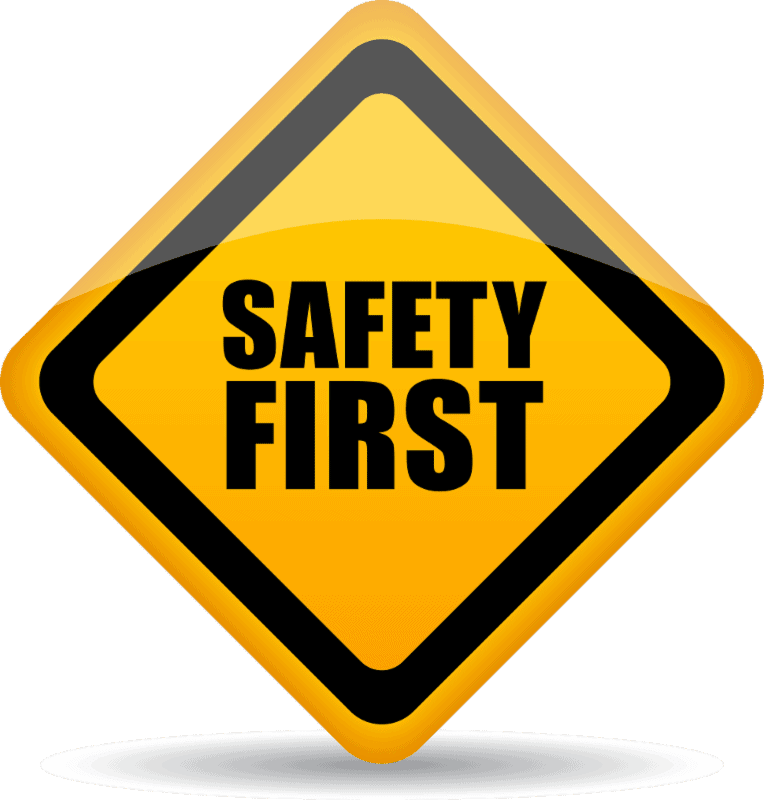
- Children and young people of all ages need adults’ support, guidance, and education to stay safe online.
- Primary school-age children should ALWAYS be overseen by an adult when online.
- Those in their early teenage years should have their online activity monitored and supervised CLOSELY by an adult.
- Those in their older adolescent years should be educated about staying safe online.
- Those with learning or other disabilities may require different supervision and support based on their needs.
Online risks have drastically increased, and it is the first time in history that parents have ever had to navigate this issue with young children. At the same time, there appears to be a significant denial of the imminent risks children face online. Additionally, children have access to devices at an increasingly young age. Coupled with the immaturity of the child’s developing brain, a tsunami of trauma may be occurring that we are unlikely to know the full extent of for years to come.
The repeated warnings of “one cannot unsee what has been seen,” and “an image can never come down once uploaded”—do not seem enough to prompt action.
With less than one in ten parents/carers responding accurately to a series of critical safety statements presented in the ACCCE report relating to online child exploitation material, we should not be surprised by the repeated warnings about the steady increase of this material appearing online.
Perhaps it’s time to take off the blindfold and reconsider … “why not my kid?“
Courageous stories equip and encourage others
Young and Aware gives voice to courageous stories. If you have a story that you want to share so that others can learn from everyday challenges and parenting experiences, send us an email. You are welcome to publish anonymously–your courage will help others.
This article was authored by Jen Hoey, Parent Cyber Safety Consultant and founder of Not my Kid. Learn more about Jen and her mission to preserve childhood and keep all children safe from online child exploitation by empowering their parents through education.
If you are in Australia and need help with a cyber safety issue, the eSafety Commissioner can help. eSafety can investigate cyberbullying of children, adult cyber abuse, image-based abuse (sharing, or threatening to share, intimate images without the consent of the person shown) and illegal and restricted content. Report online harm here.
Report concerns to the Australian Center to Counter Child Exploitation (ACCCE) about inappropriate behaviour towards children that you find online. This service can be used to report:
- Suspected online grooming or unwanted contact.
- An individual having a conversation with a child online and saying and doing inappropriate things or trying to meet in person.
- Live streaming and consuming child sexual abuse material.
- Coercing and blackmailing children for sexual purposes.
